Incorporating a slant board into your fitness routine can significantly enhance your lower body strength, flexibility, and balance. Whether you are an athlete, a fitness enthusiast, or simply someone looking to maintain an active lifestyle, a well-structured slant board workout can offer immense benefits.
Incorporating a slant board into your exercise routine is crucial for a well-rounded fitness profile. It reduces the risk of overuse injuries and keeps the routine fresh and exciting.
This comprehensive routine, from warm-up to cool-down, is designed to be performed at home, making it accessible and convenient for all. By following these exercises, you can effectively target your quads, hamstrings, calves, and glutes, ensuring a well-rounded lower-body workout that promotes both strength and stability.
Dive in to discover how you can integrate this slant board routine into your fitness regimen and enjoy its multitude of benefits.
Ready to Strengthen Your Lower Body?
Let's get into the workout!
Warm-up Routine
Start with a light 5-minute warm-up to increase blood flow and reduce the risk of injury. A proper warm-up routine can also promote joint health and mobility.
1. Slant Board Toe Touches
-
How to Perform: Stand on the Slant Board with feet hip-width apart. Slowly bend at the waist and try to touch your toes. Hold for a few seconds and rise back up.
-
Reps/Sets: 10 touches.
-
Benefits: Warms up the hamstrings and lower back.
-
Tips: Keep your knees slightly bent if you feel too much strain.
2. Slant Board Calf Raises
-
How to Perform: Stand on the board, feet shoulder-width apart. Rise up onto your toes, hold for a second, and lower back down.
-
Reps/Sets: 2 sets of 15 reps.
-
Benefits: Prepares the calves and ankles for exercise, improving ankle stability.
-
Tips: Move slowly and steadily to maintain balance.
Main Workout
The exercises will primarily focus on the muscles of the lower body.
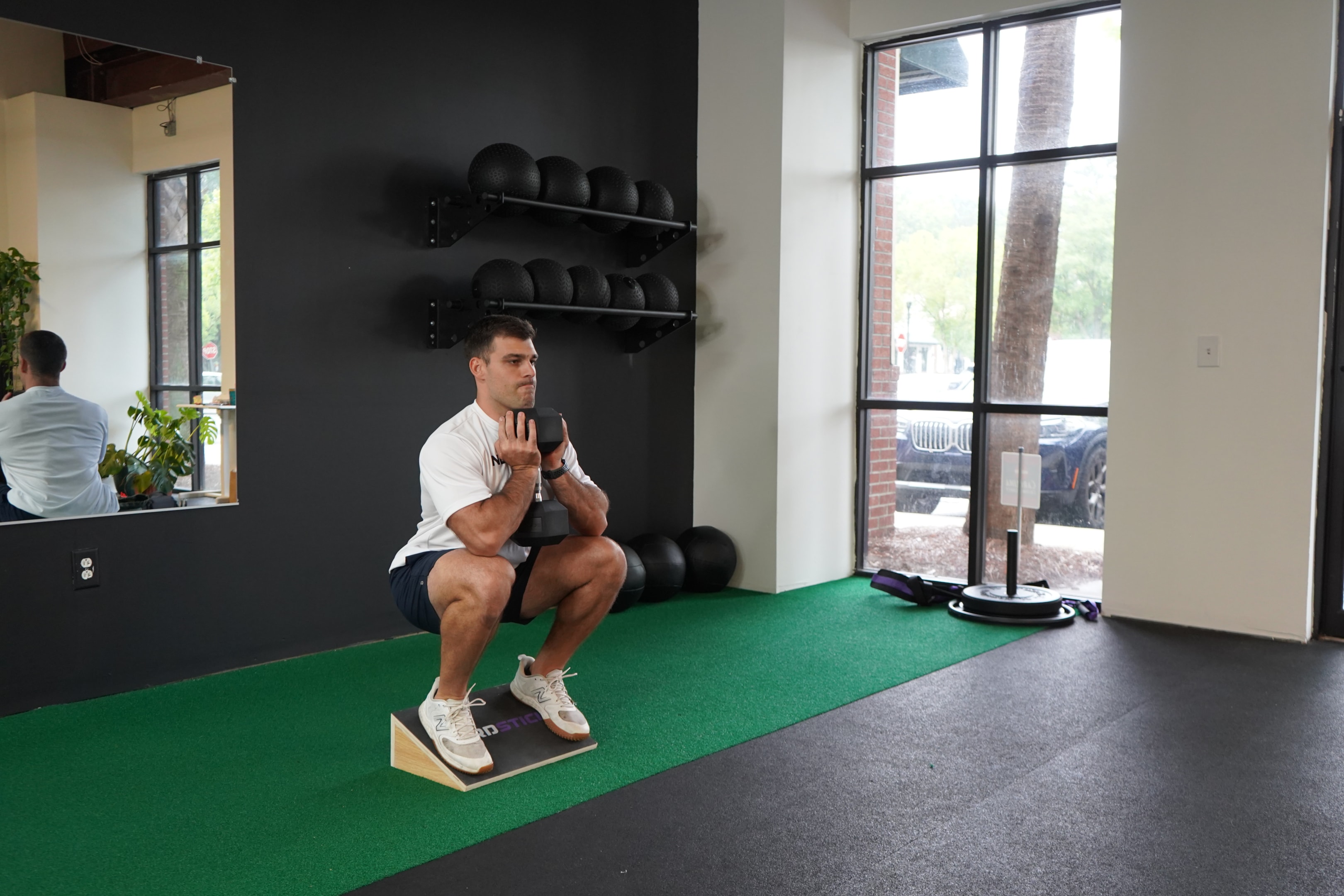
1. Slant Squats
-
How to Perform: Stand on the Slant Board with feet shoulder-width apart. Perform a deep squat by bending your knees and lowering your hips as if sitting in a chair, then return to the starting position.
-
Reps/Sets: 3 sets of 12 reps.
-
Benefits: Targets the quads and improves balance and stability.
-
Tips: Keep your chest up and back straight. Avoid letting your knees go beyond your toes.
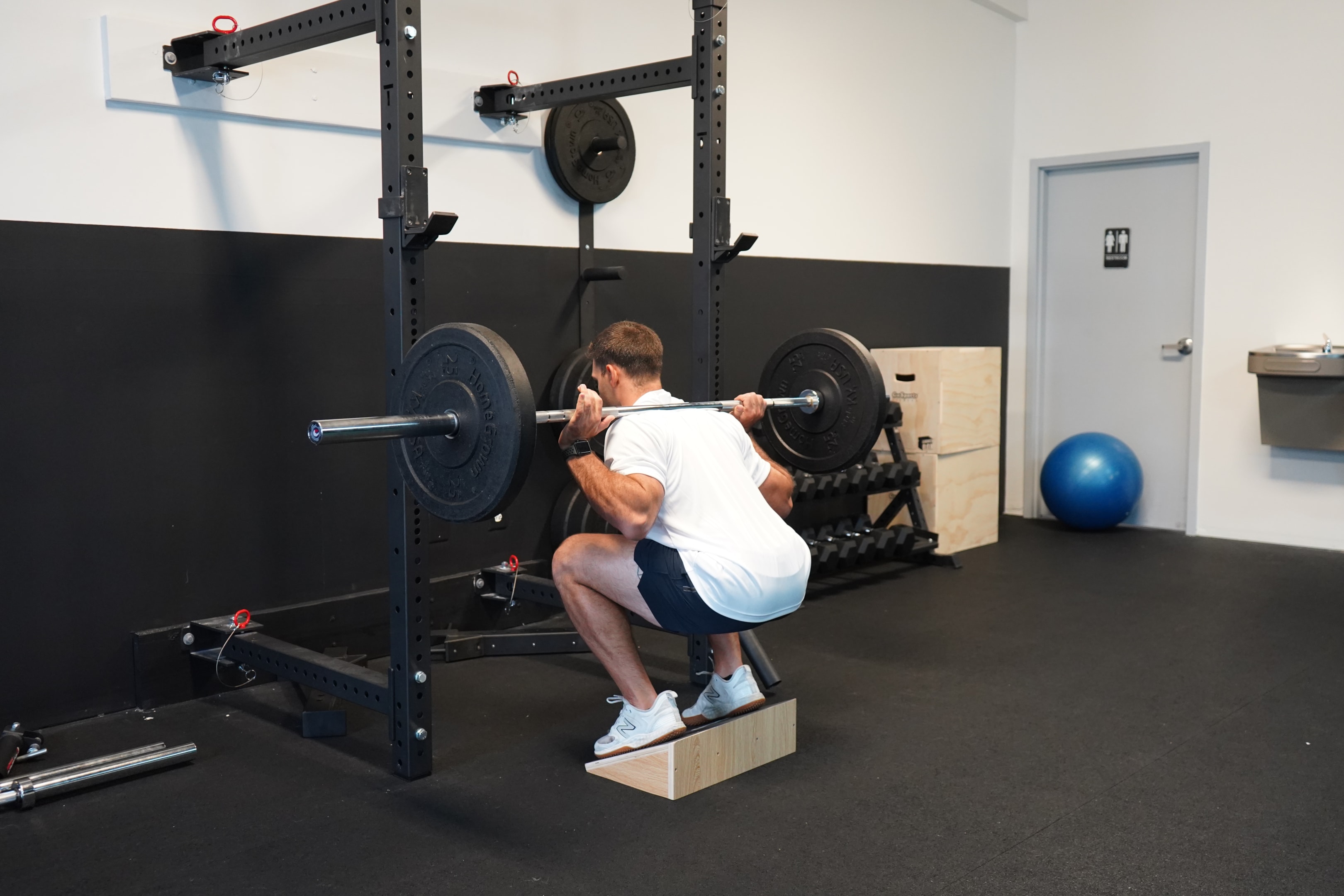
2. Slant Barbell Squats
-
How to Perform: Place a light barbell across your shoulders. Stand on the Slant Board and perform a squat by lowering your hips and bending the knees.
-
Reps/Sets: 3 sets of 10 reps.
-
Benefits: Enhances the benefits of the slant squat by adding resistance, strengthening the glutes and lower back. This exercise also enhances knee stability.
-
Tips: Ensure the weight is balanced and that you maintain a firm posture without leaning forward.
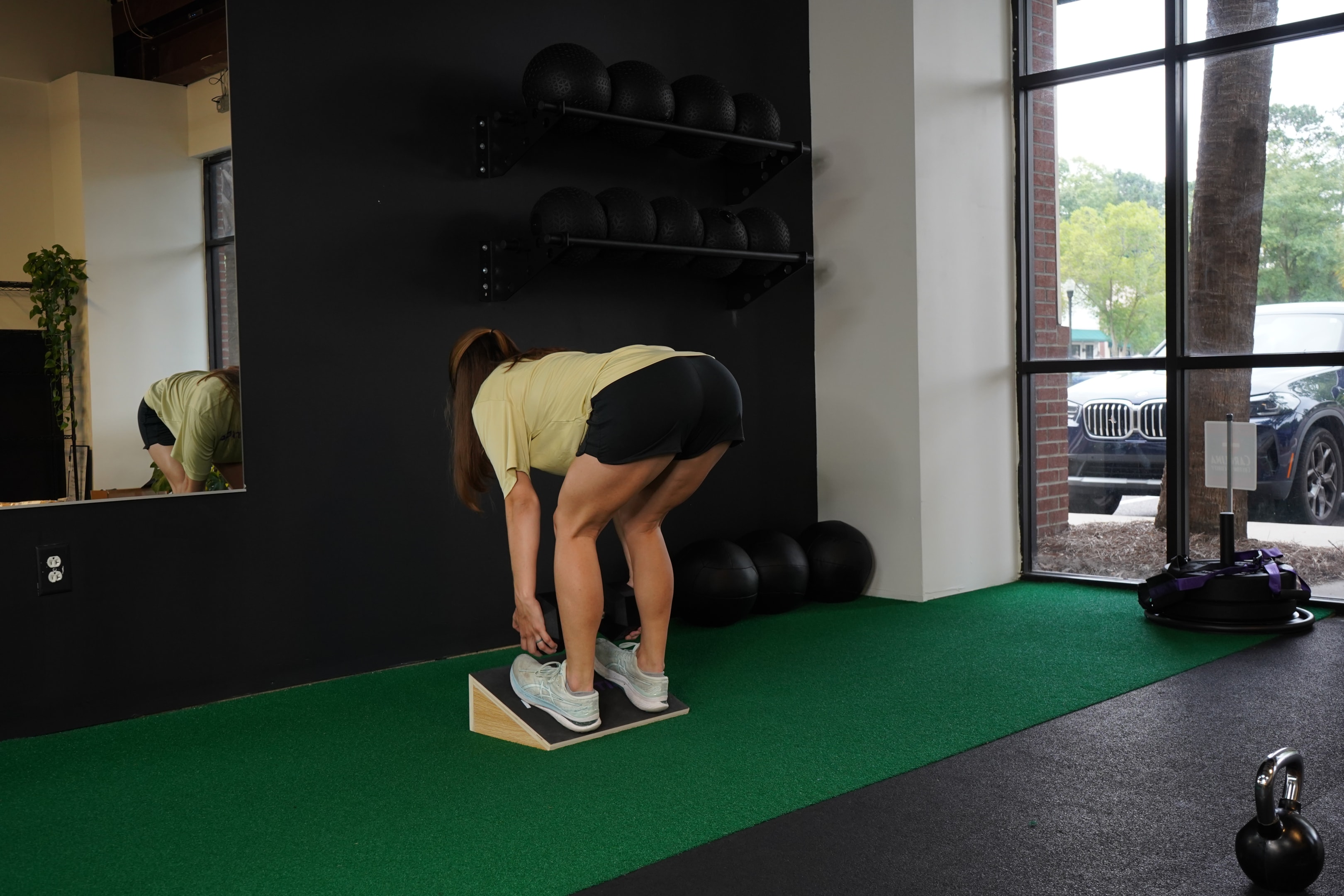
3. Hamstring Stretch
-
How to Perform: Stand on the Slant Board facing downhill. Bend forward at the waist, extending your arms towards your feet.
-
Reps/Sets: Hold for 20-30 seconds, repeat 3 times.
-
Benefits: Stretches the hamstrings and calves, reducing stiffness.
-
Tips: Keep your legs straight but not bend from your hips, not your back.
4. Slant Lunges
-
How to Perform: Place one foot on the Slant Board and the other on the ground. Lower your hips until both knees are bent at a 90-degree angle.
-
Reps/Sets: 2 sets of 10 reps per leg.
-
Benefits: Targets the quads, hamstrings, and glutes. Using body weight helps in balancing and stabilizing muscles.
-
Tips: Ensure your front knee does not go beyond your toes and keep your back straight.
Slant board exercises are versatile and beneficial for enhancing strength, flexibility, balance, and overall fitness.
Cool-down Routine
Finish with a cool-down to help muscles recover and reduce soreness. A proper cool-down routine can help alleviate knee pain and promote recovery.
1. Slant Board Deep Calf Stretch
-
How to Perform: Stand facing uphill on the Slant Board. Place one foot further up than the other and lean forward gently.
-
Reps/Sets: Hold for 20 seconds on each leg.
-
Benefits: Deeply stretches the calf muscles.
-
Tips: Keep your heel on the board and adjust your body forward to feel the stretch.
2. Slant Board Hip Flexor Stretch
-
How to Perform: Place one foot on the Slant Board, the other behind you on the floor. Bend your front knee and push your hips forward.
-
Reps/Sets: Hold for 20 seconds on each side.
-
Benefits: Stretches the hip flexors and improves flexibility.
-
Tips: Keep your back straight and avoid bending too far forward.
A slant board can revolutionize your lower body workouts by enhancing muscle activation and flexibility. It’s versatile enough for various exercises, from squats and lunges to calf raises and hamstring stretches.
By elevating your heels during squats, you intensify quad activation, making each rep more effective. Additionally, slant boards are excellent for those with limited ankle mobility, allowing for deeper, more controlled squats.
Besides strength training, they are invaluable for stretching, helping to alleviate chronic tightness in muscles like the calves and hamstrings. This makes slant boards not only a powerful tool for fitness enthusiasts but also for those recovering from injuries.
Portable and cost-effective, they can easily be incorporated into home workouts or transported to different locations. With a slant board, you can target specific muscle groups more effectively, ensuring a comprehensive and balanced approach to lower body strength and flexibility.
The Reason Behind Every Exercise
Warm-Up Routine
Slant Board Toe Touches
Start your warm-up with Slant Board Toe Touches to prepare your hamstrings and lower back for the workout ahead. This exercise warms up your hamstrings and lower back, making it a great starting point for your routine.
If you feel too much strain, keep your knees slightly bent. This modification ensures you are engaging your muscles without overextending, which is crucial for preventing injuries. Incorporating Slant Board Toe Touches into your warm-up can help you ease into more intense movements, setting a solid foundation for an effective lower body workout.
Slant Board Calf Raises
Next in your warm-up routine, Slant Board Calf Raises are essential for preparing your calves and ankles for the workout. This exercise enhances ankle stability and strengthens the calf muscles, which are crucial for various lower body movements.
Moving slowly and steadily is key to maintaining balance and maximizing the effectiveness of this exercise. By incorporating calf raises into your warm-up, you ensure that your lower legs are adequately warmed up, reducing the risk of strains or injuries during more intense exercises.
This simple yet effective exercise sets the stage for a well-rounded lower body workout, improving your overall performance and stability.
Main Workout
Slant Squats
Slant Squats are a cornerstone of the workout, targeting your quads and enhancing balance and stability. Slant squats can also help improve ankle range of motion, making them beneficial for overall mobility.
Keeping your chest up and back straight is crucial to maintaining proper form and preventing injury. Avoid letting your knees go beyond your toes to minimize strain on your joints.
Slant Squats not only enhance muscle activation but also provide a unique challenge by incorporating the incline, making each rep more intense and beneficial. This exercise is an excellent way to build foundational strength and stability in your lower body, preparing you for more advanced movements.
Slant Barbell Squats
Enhance the benefits of Slant Squats by adding resistance with Slant Barbell Squats. This exercise intensifies muscle engagement, providing a more challenging workout. Ensure the barbell weight is balanced and maintain a firm posture to avoid leaning forward.
Proper form is crucial; keep your chest up and your back straight to prevent injury. By incorporating the incline of the slant board, you increase quad activation and enhance the overall effectiveness of the squat.
Slant Barbell Squats are perfect for those looking to build strength and stability in their lower body while adding an extra layer of difficulty.
Hamstring Stretch
Incorporate the Hamstring Stretch into your core workout to alleviate muscle tightness and improve flexibility. Keeping your legs straight but not locked is essential to prevent strain; bend from your hips rather than your back to maintain proper form.
This stretch not only reduces stiffness but also prepares your muscles for more strenuous exercises. Regularly incorporating the Hamstring Stretch can help prevent injuries and improve overall mobility, making it a valuable addition to any workout routine.
By focusing on flexibility, you enhance your ability to perform other exercises with better form and reduced risk of strain.
Slant Lunges
Slant Lunges are an excellent exercise for targeting your quads, hamstrings, and glutes. The slant board's flat surface should be non-slip to ensure safety during exercises. Ensure your front knee does not extend beyond your toes to maintain proper form and reduce the risk of injury.
Keeping your back straight throughout the movement is crucial for balance and stability. The incline of the slant board adds an extra challenge, intensifying muscle activation and improving overall lower body strength.
Slant Lunges are particularly beneficial for enhancing functional strength and stability, making them an invaluable addition to your core workout routine. This exercise also helps in improving coordination and balance, essential for everyday activities and athletic performance.
Cool-Down Routine
Slant Board Deep Calf Stretch
End your workout with the Slant Board Deep Calf Stretch to aid muscle recovery and reduce soreness. Using a slant board can provide similar benefits to Olympic lifting shoes for stability and hip movement. Keeping your heel on the board and adjusting your body forward is essential to maximize the stretch without overextending.
This cool-down exercise helps to alleviate tightness in the calves, which is common after an intense lower body workout. Regularly incorporating the Deep Calf Stretch into your routine can improve flexibility and prevent muscle stiffness.
By focusing on muscle recovery, you enhance your ability to perform future workouts with reduced risk of injury and better overall performance.
Slant Board Hip Flexor Stretch for Ankle Mobility
The Slant Board Hip Flexor Stretch is an excellent way to end your workout, promoting flexibility and reducing muscle tension. Keeping your back straight throughout the stretch is crucial to avoid any unnecessary strain and to target the hip flexors effectively.
This exercise helps alleviate tightness that can result from prolonged sitting or intense lower body workouts. Regularly stretching your hip flexors can improve your overall range of motion and contribute to better posture.
Incorporate the Slant Board Hip Flexor Stretch into your cool-down routine to aid muscle recovery and enhance your flexibility, ensuring you are well-prepared for your next workout.
Ready to Take the First Step?
Getting started with a slant board routine is your ticket to a stronger lower body, enhanced flexibility, and improved balance. Plus, the convenience of performing these exercises at home means you can start now without any delay.
Benefits for You
++ You will experience a boost in muscle strength and endurance.
++ Your flexibility and balance will improve, making daily activities easier and more enjoyable.
Benefits for Your Health
-- Say goodbye to muscle stiffness and tightness that can hinder your progress.
-- Reduce the risk of injury by incorporating a comprehensive routine that includes warm-ups and cool-downs.
For You and Your Friends
By adopting this routine, you not only benefit yourself but also set an example for friends and family to follow a healthier and more active lifestyle. Imagine the collective impact on your shared wellbeing!
Overcoming Challenges Together
Don't worry if you encounter difficulties along the way; every fitness journey has its ups and downs. Remember, each small step you take is a victory, and we're here to support you throughout.
Empower Yourself
You have the power to transform your fitness routine and achieve your goals. The slant board is just the tool to help you do it.
Ready to strengthen your lower body? Let's get started today and unlock the multitude of benefits waiting for you. Embrace this journey with confidence and enjoy the rewards of a stronger, more flexible, and balanced you!
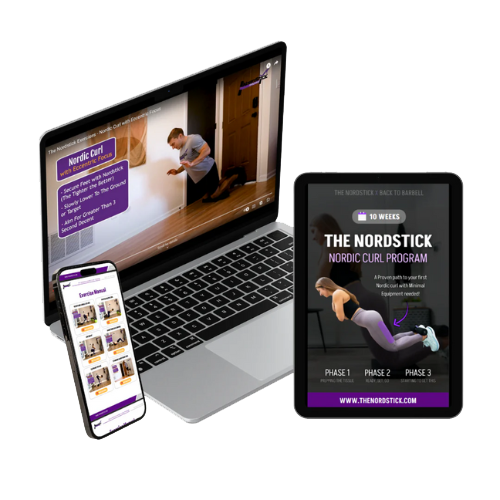


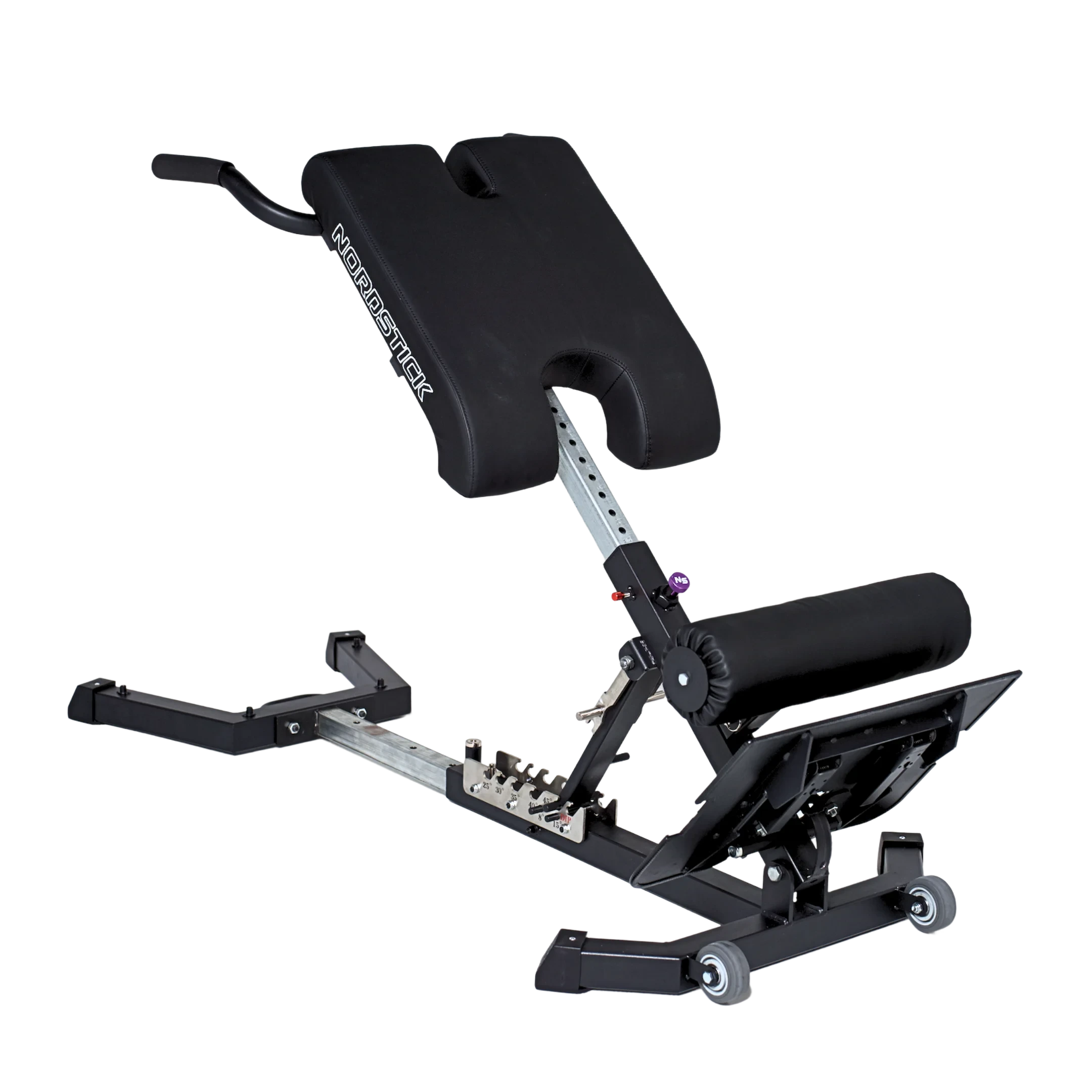
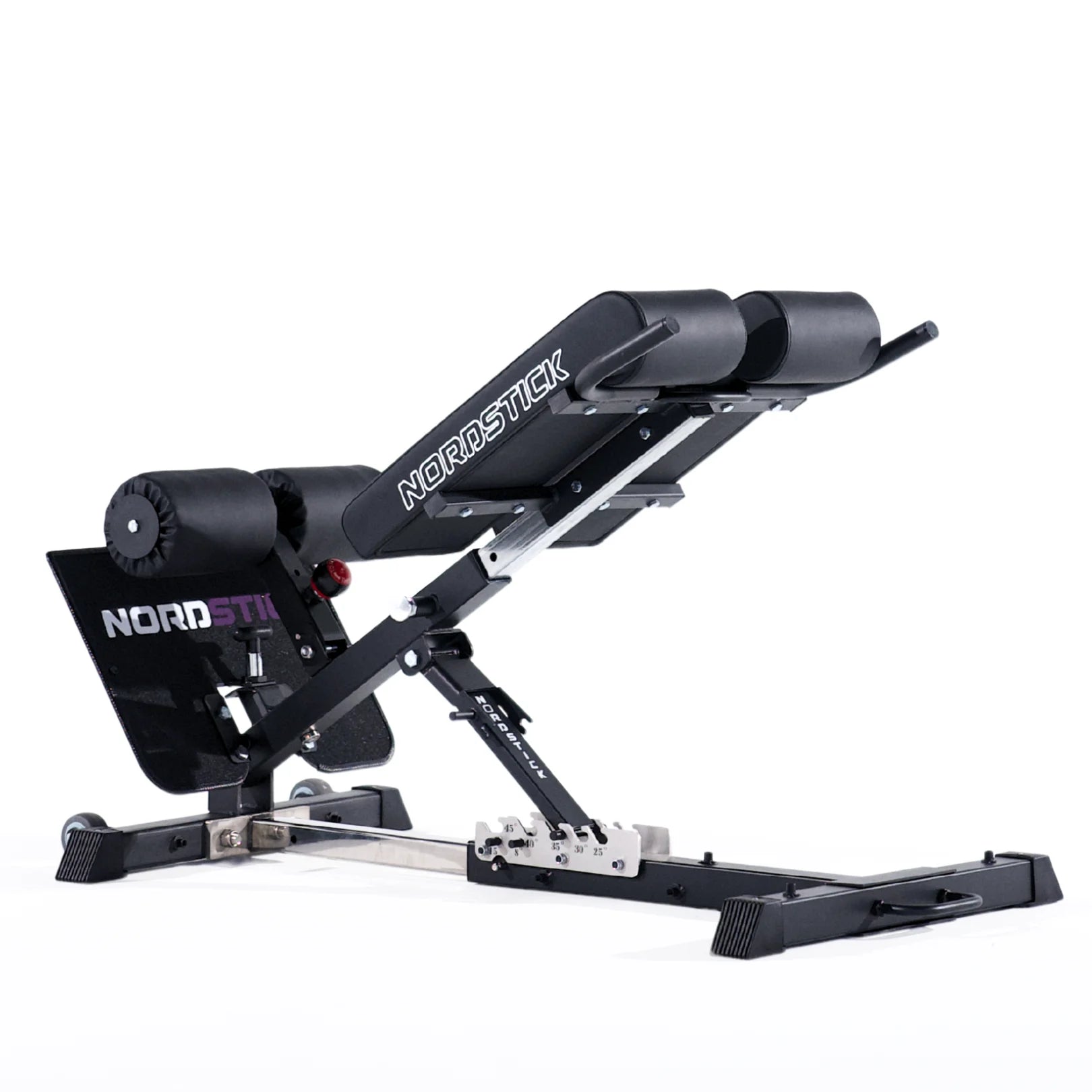





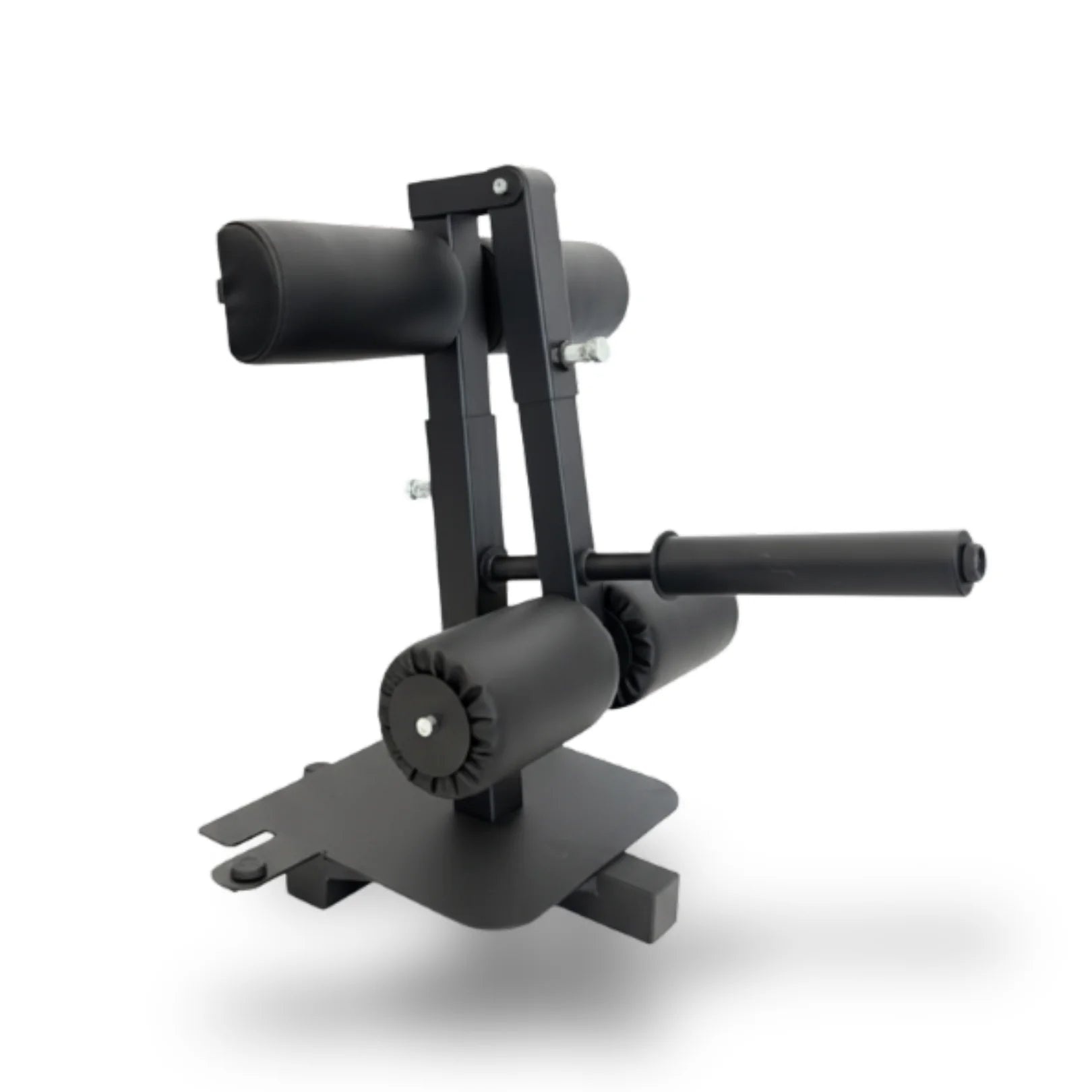
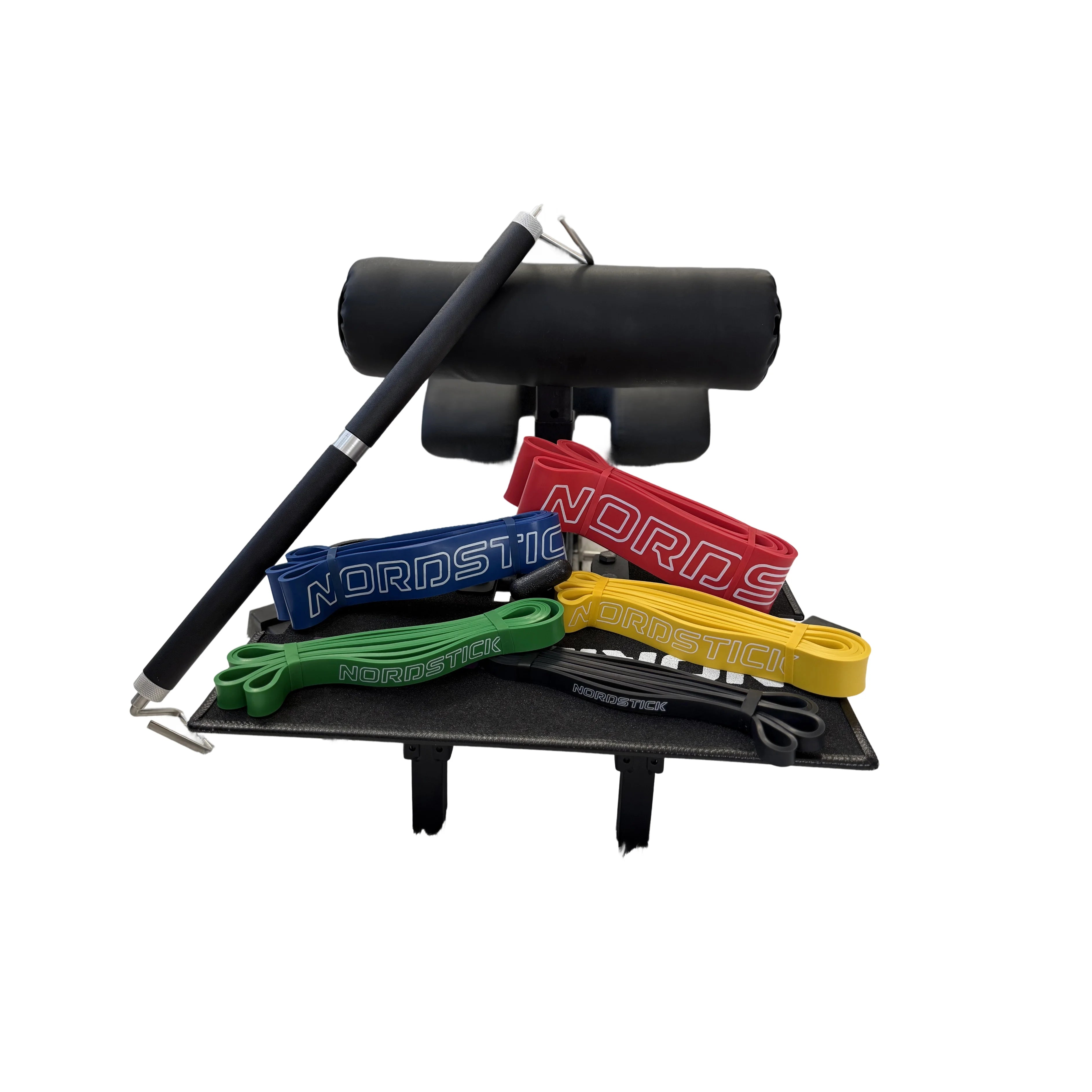
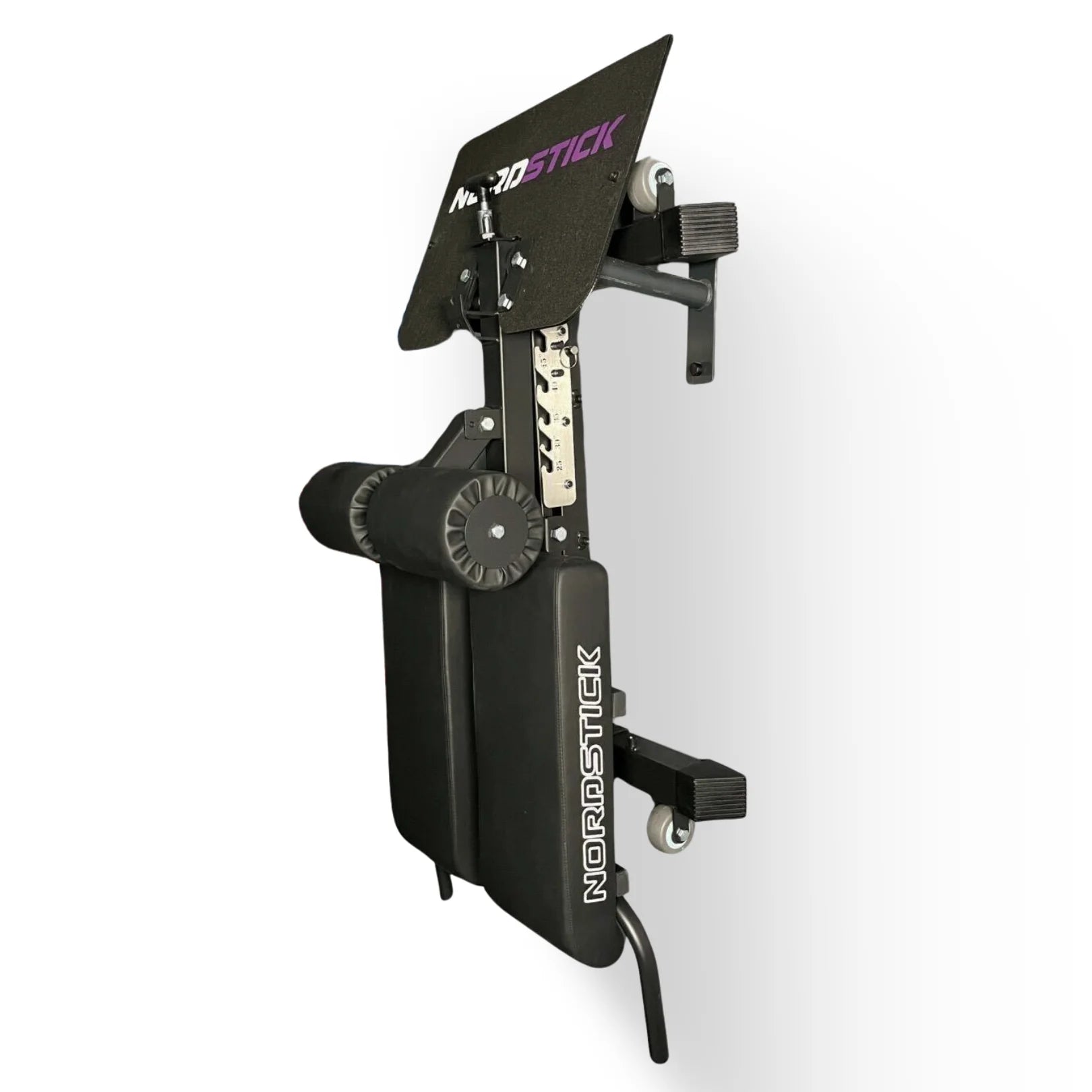
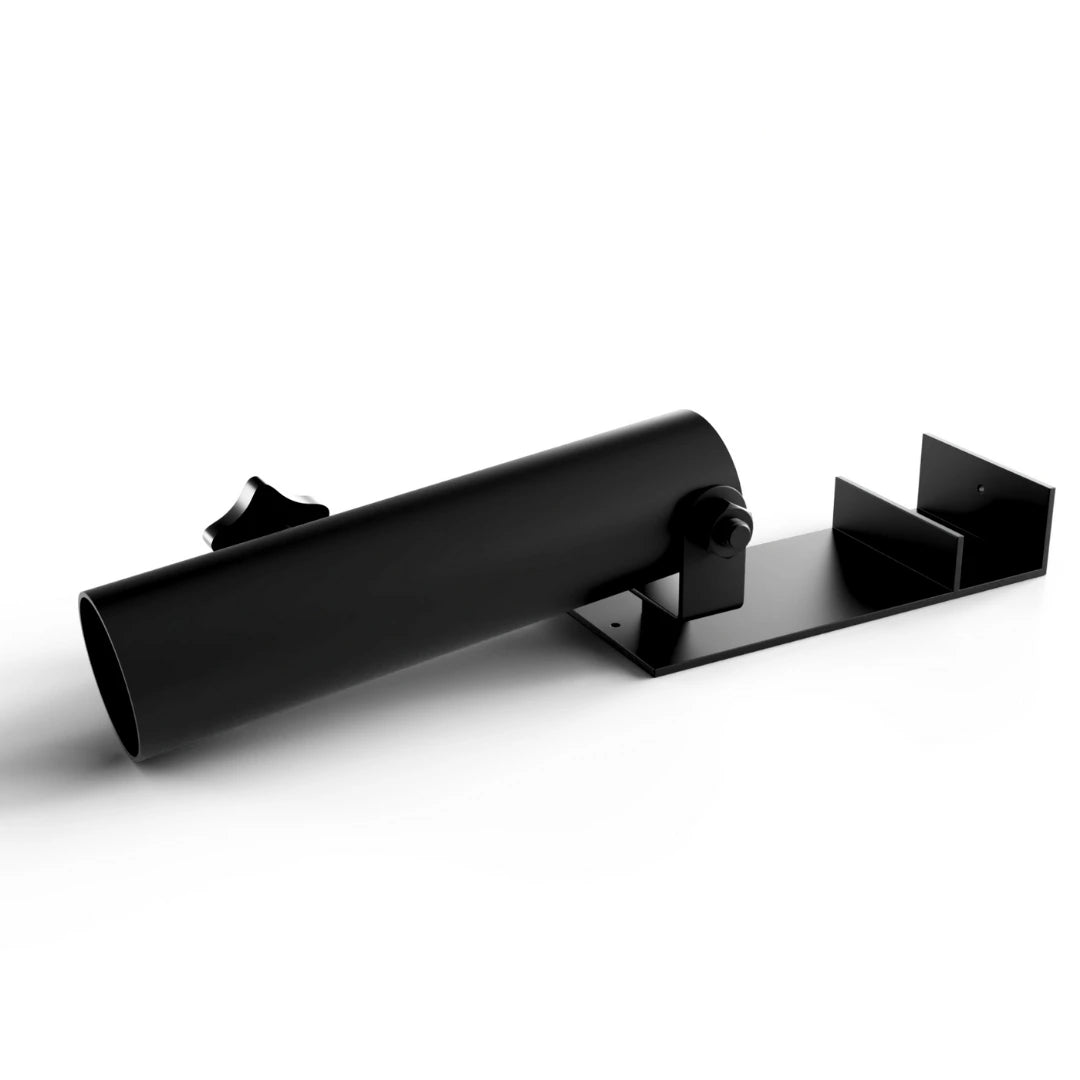
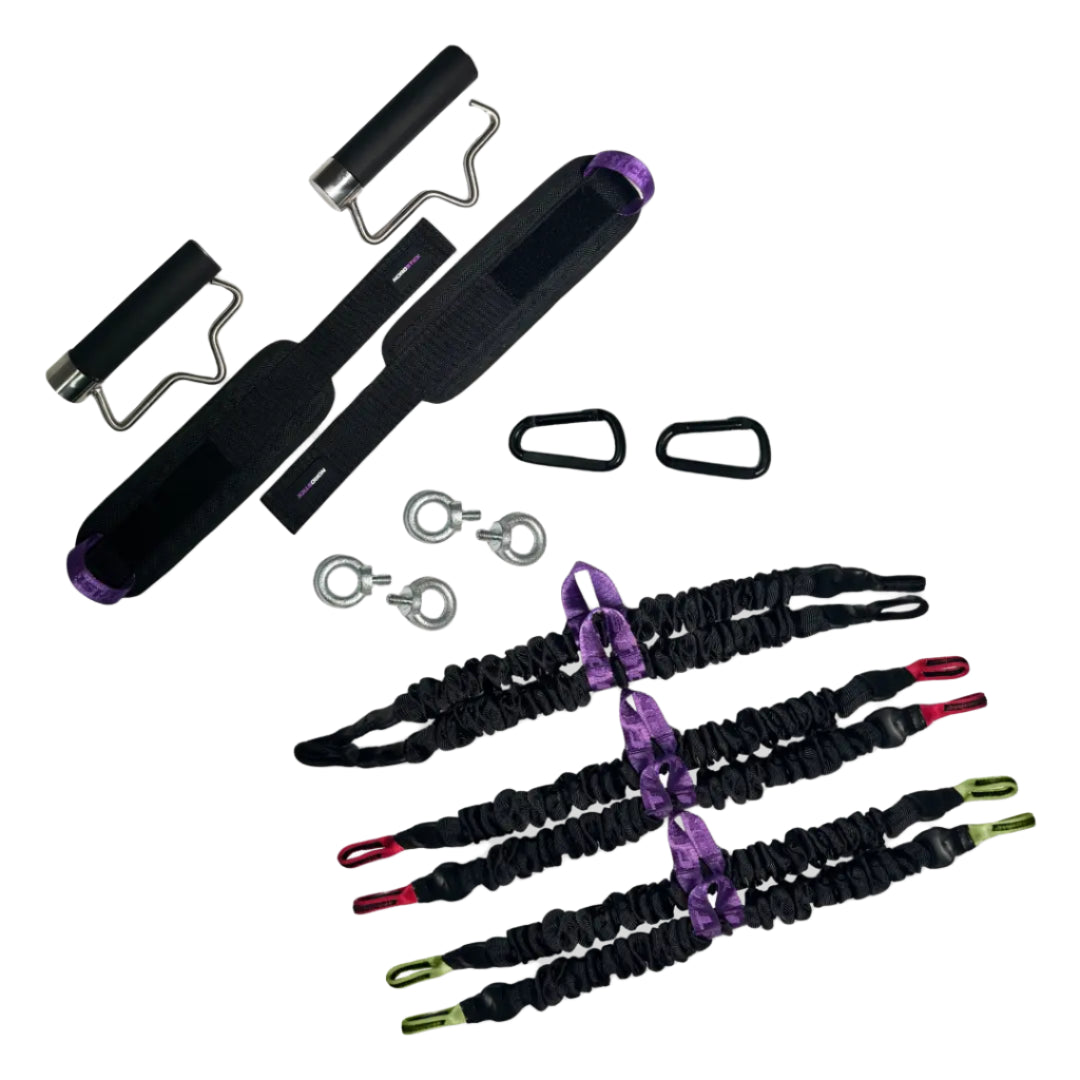
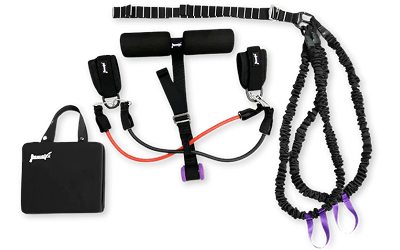
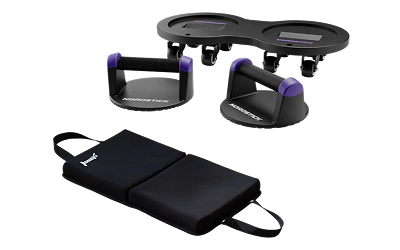
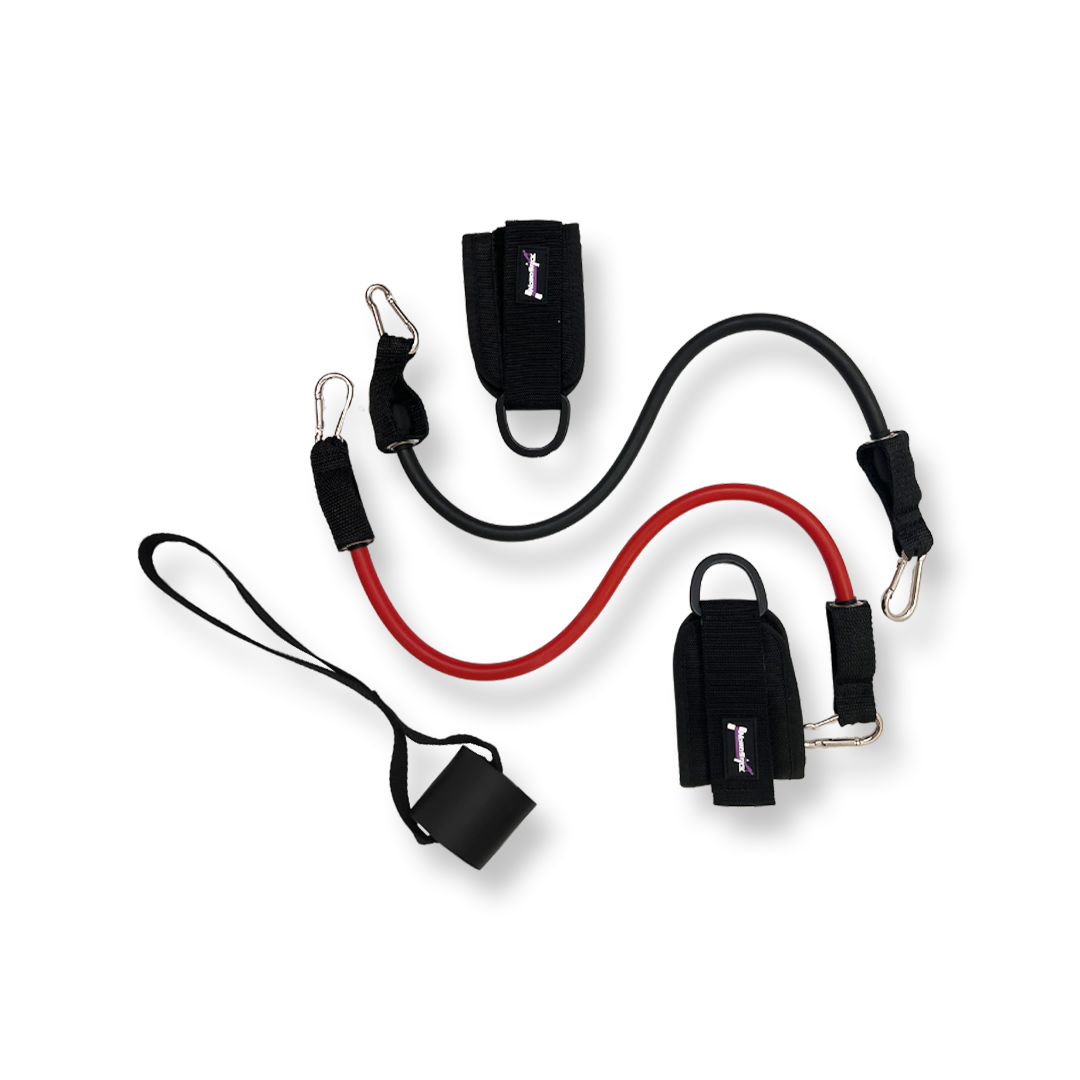
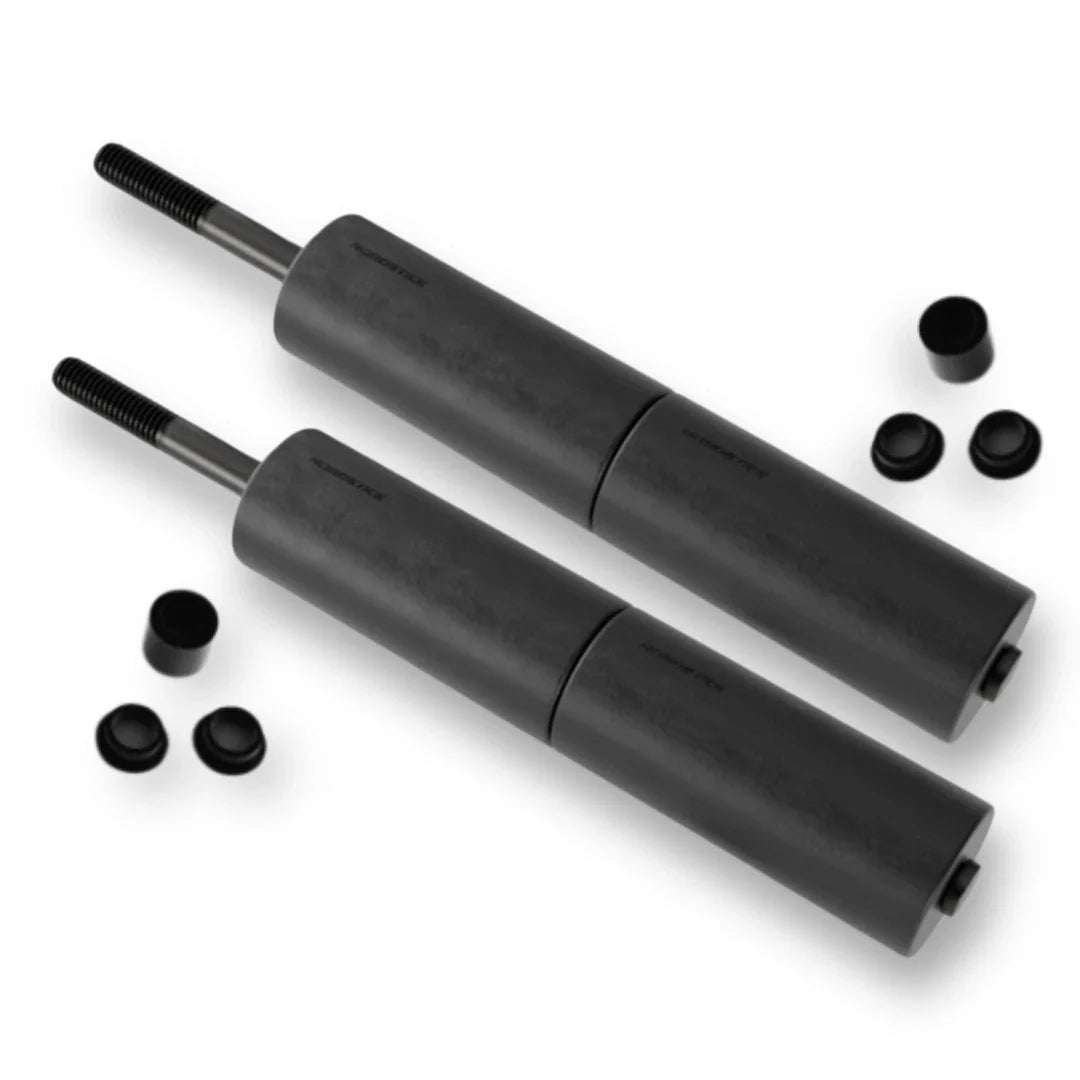
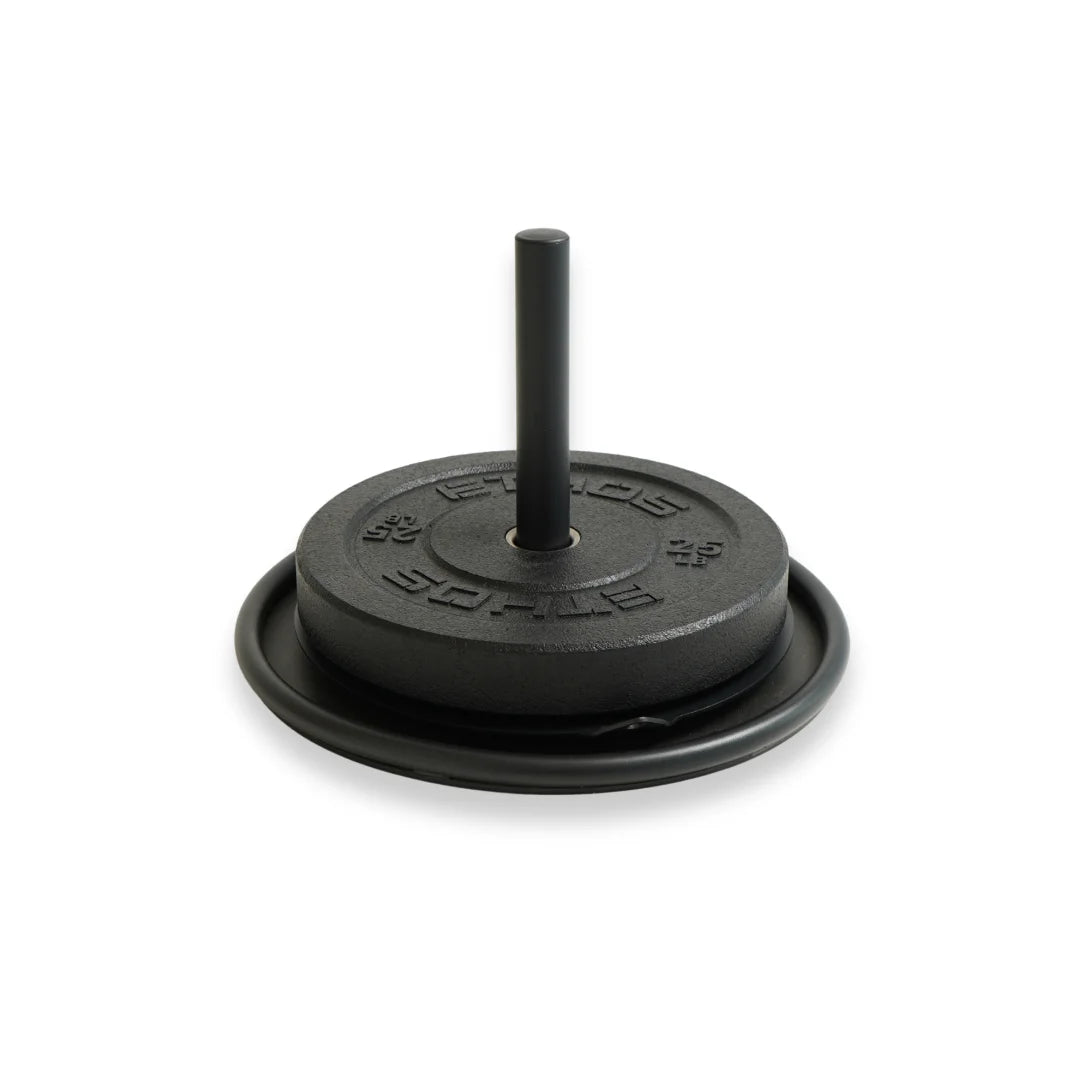
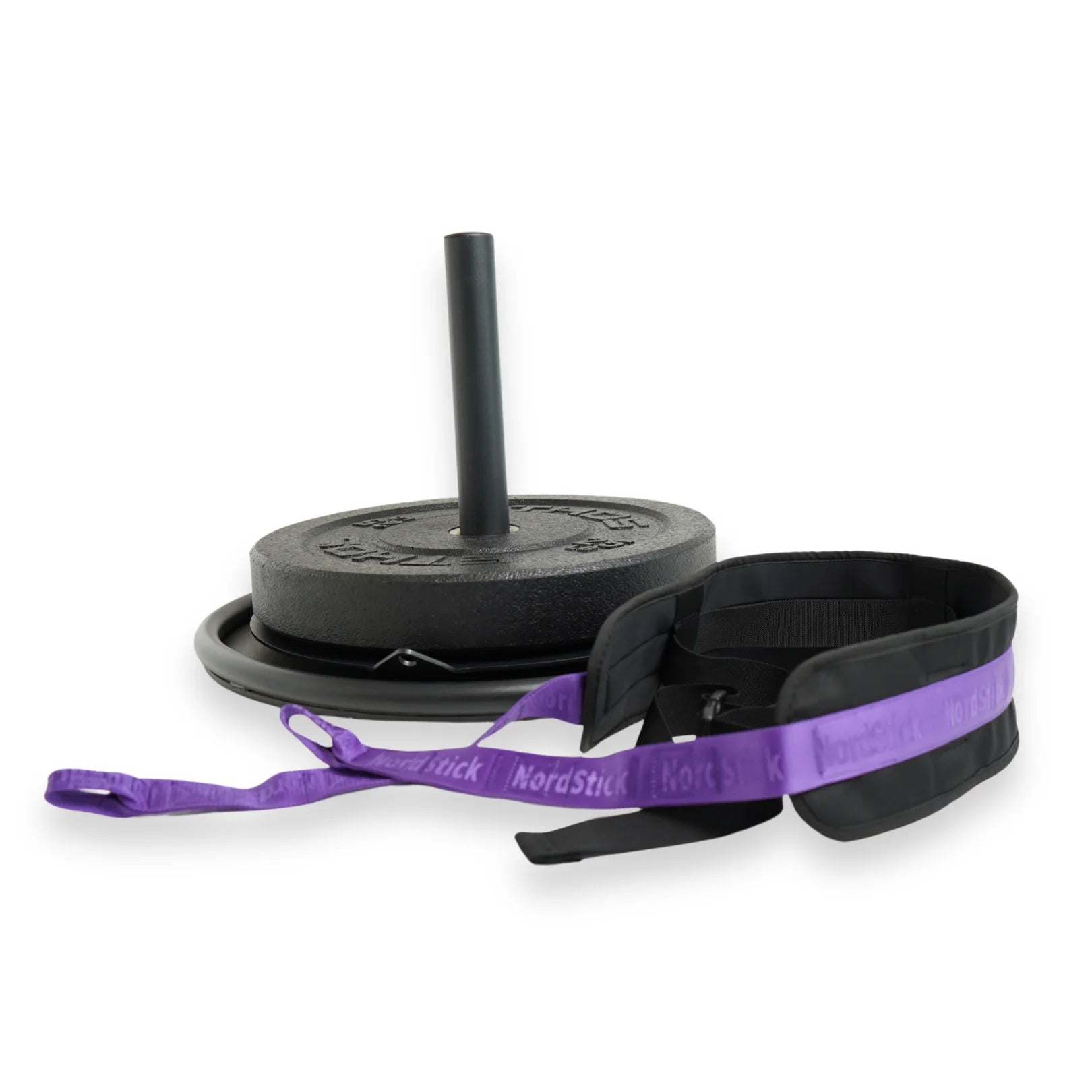
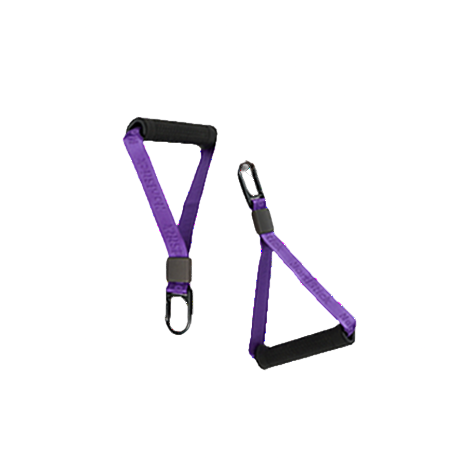
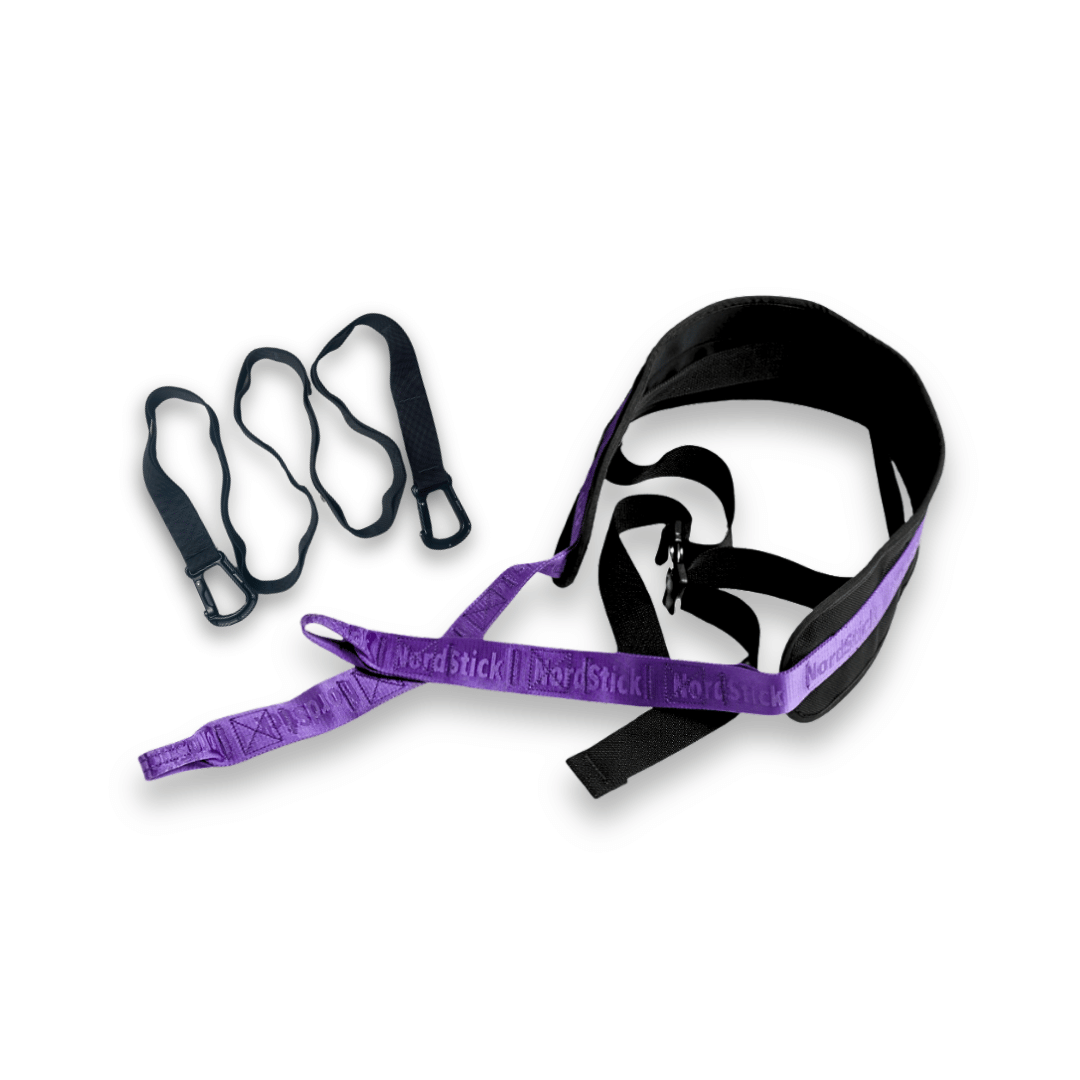
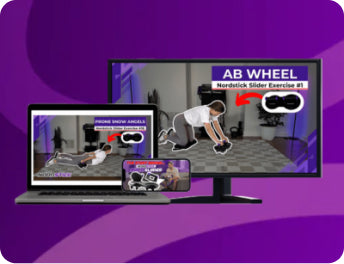

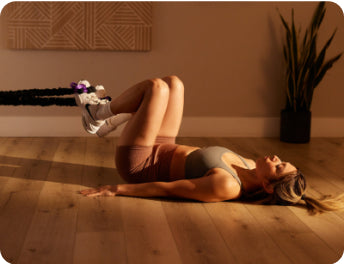
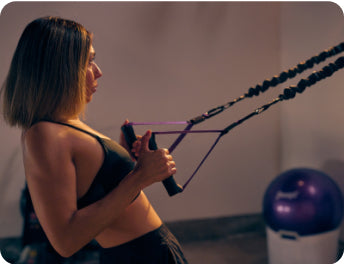

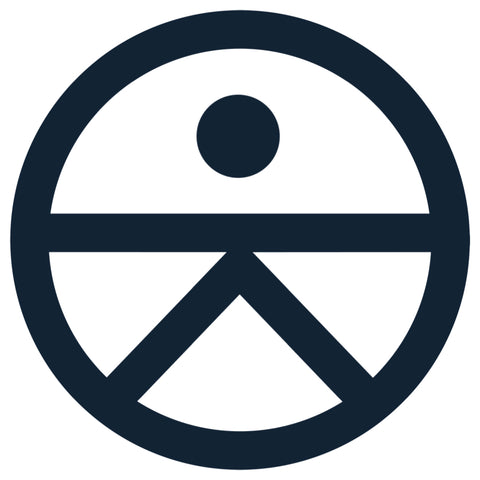
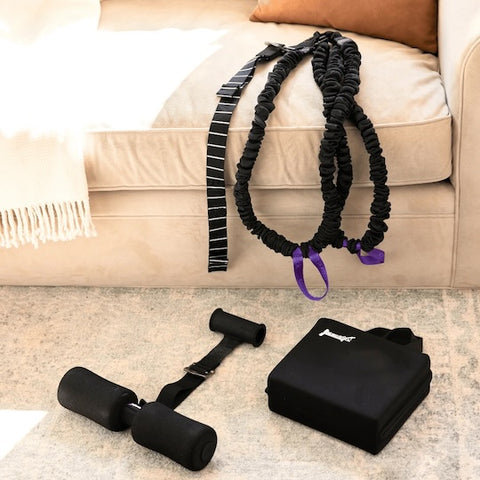

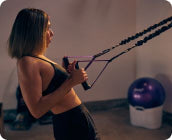
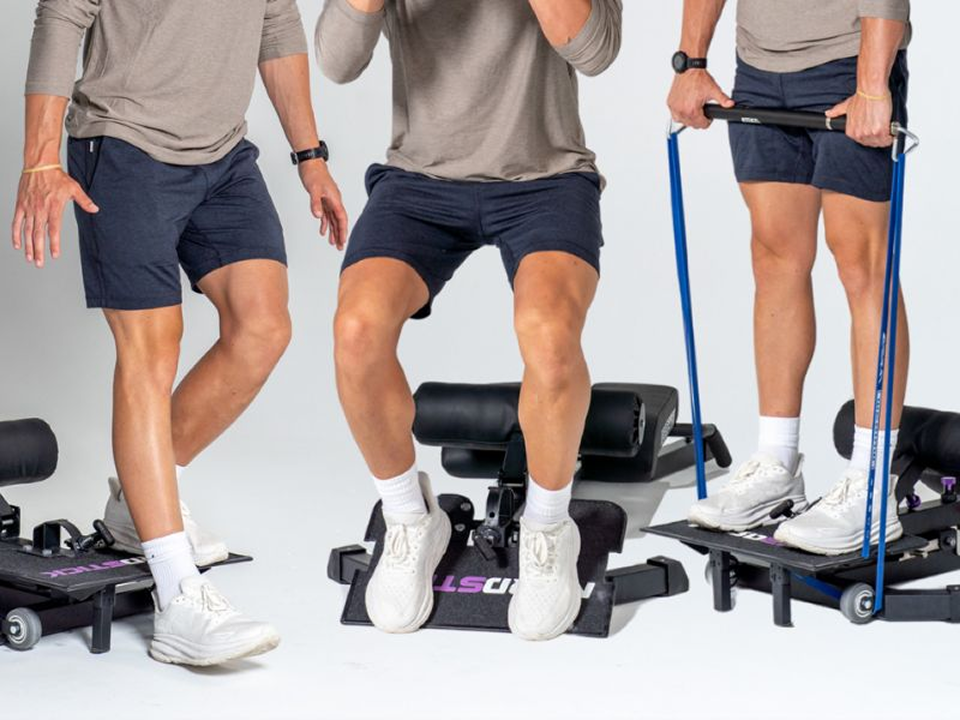
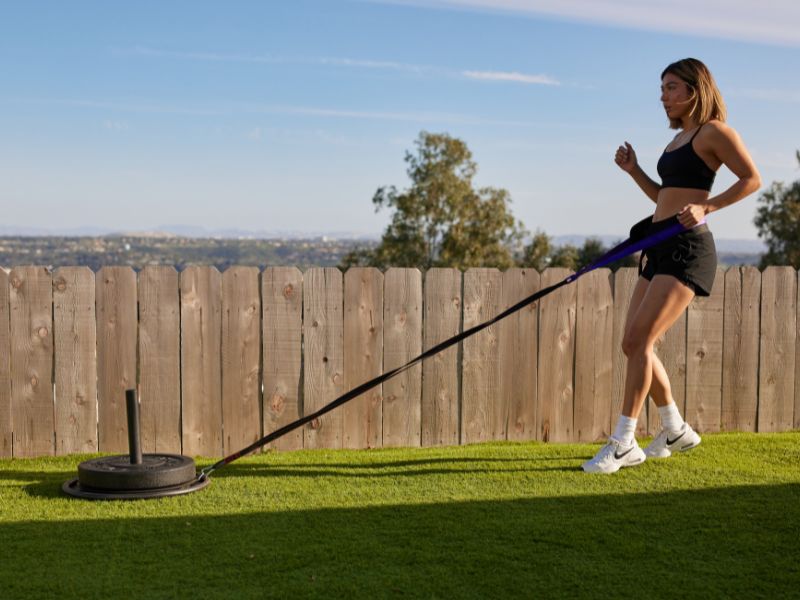

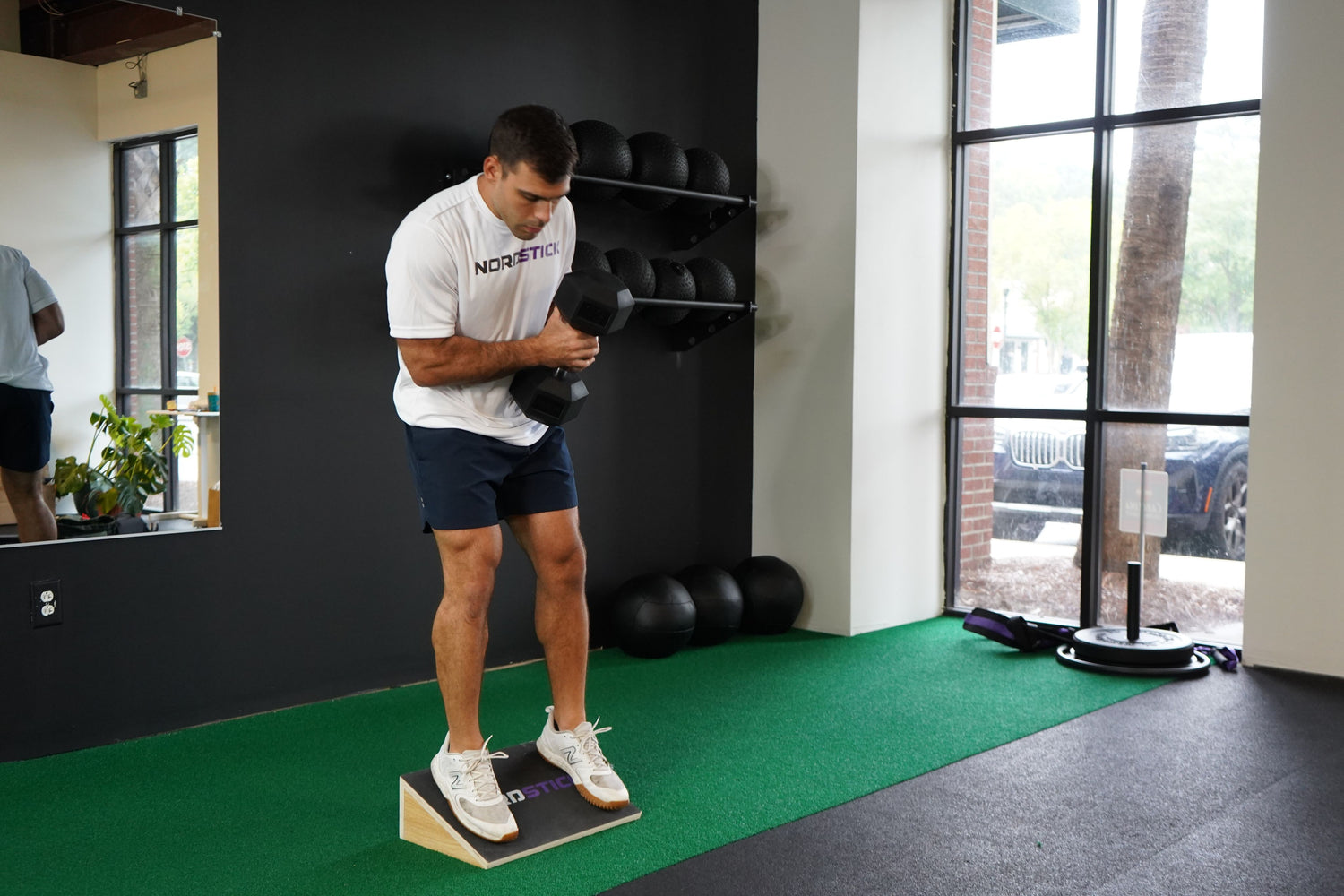
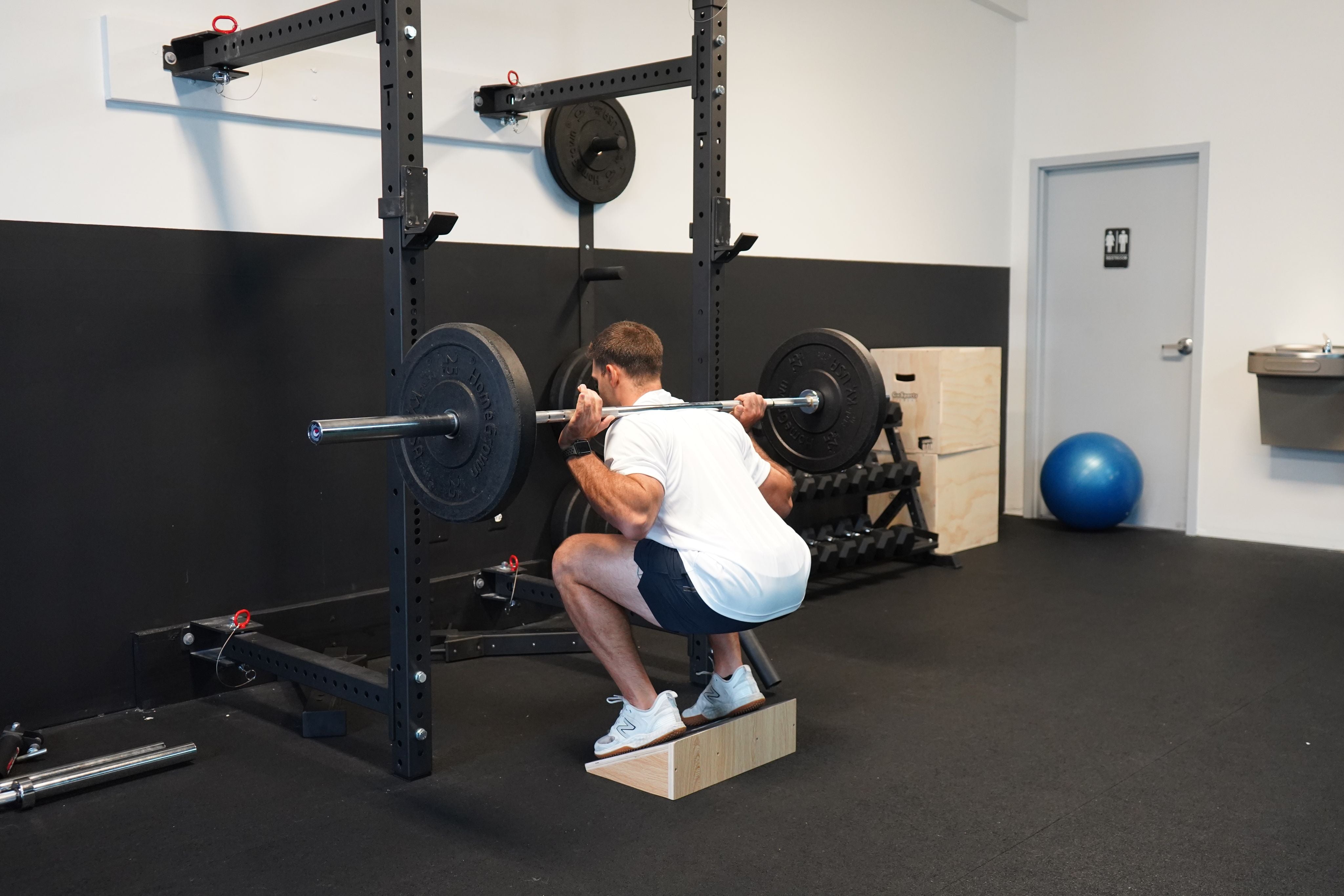




Leave a comment
This site is protected by hCaptcha and the hCaptcha Privacy Policy and Terms of Service apply.